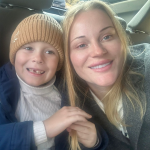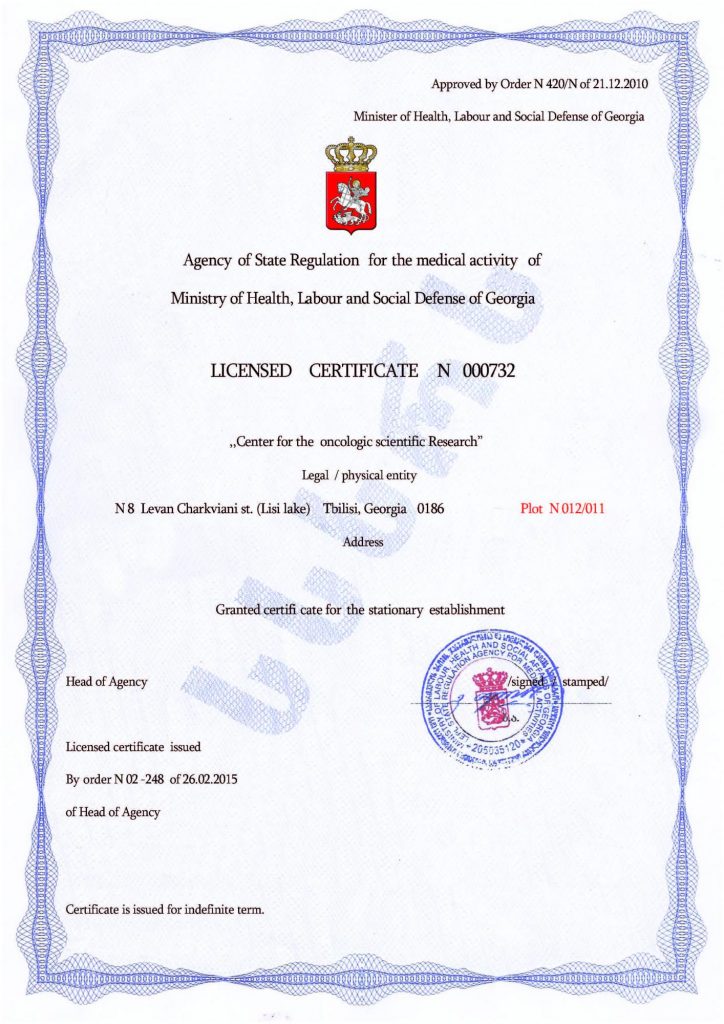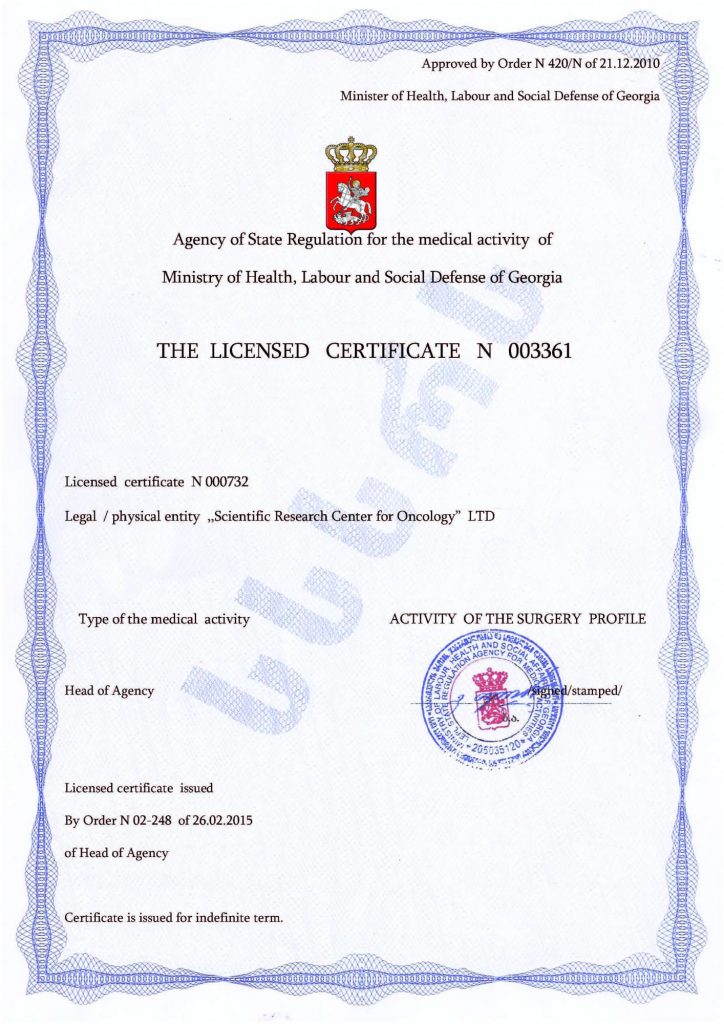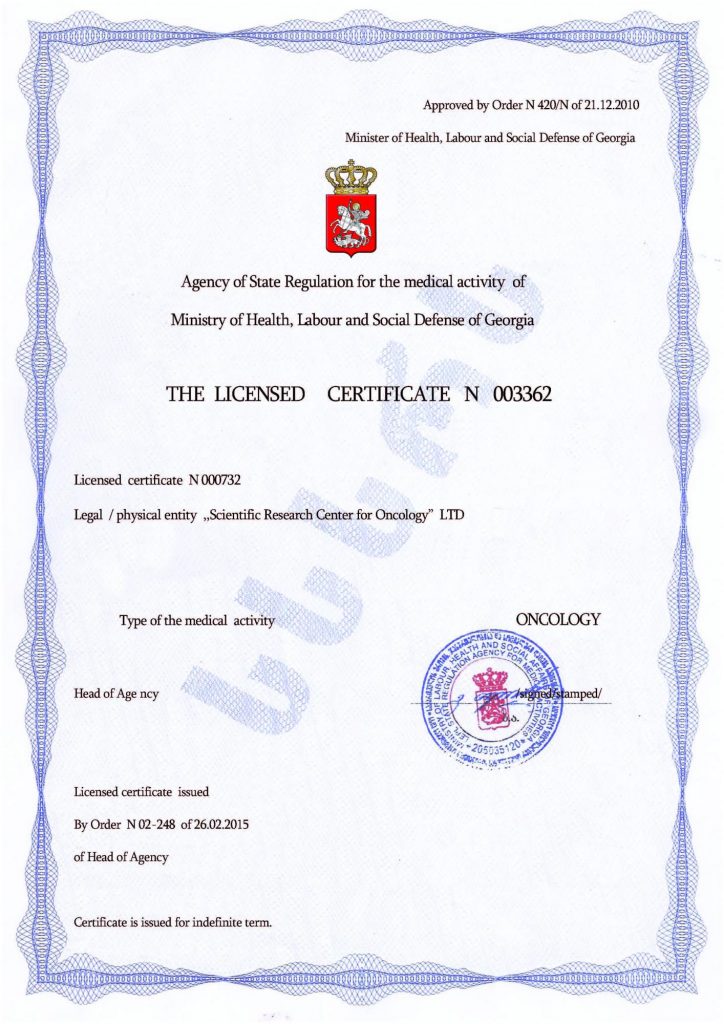Sensory Development for Autistic Children Using “Slime”
Games are an important aspect of personal growth and skill development, especially for children with autism spectrum disorders. In fact, they are enjoyable and at the same time effective activities that contribute to sensory integration and cognitive development. There are many different sensory toys, and “slime” is recognized as particularly useful—a sticky, gel-like substance that can be molded into anything. During play, the child is unknowingly undergoing therapy, thus meeting their unique needs.
Differences in sensory processing observed in autism can manifest as either an excessive or insufficient sensitivity to stimuli. Sensory integration issues can affect all aspects of daily life—from social interactions to academic performance and personal comfort. Recognizing sensory dysfunctions and addressing them through targeted play activities is key to a child’s overall development and emotional well-being.
How Slime Differs from Other Sensory Toys for Autistic Children
What sets “slime” apart from other sensory toys for autistic children is its versatility and tactile appeal. It can serve many functions:
- Tactile stimulation: The softness and elasticity of the texture provide calming and anti-stress effects.
- Development of fine motor skills: Regular play with slime strengthens fine motor skills, improves hand-eye coordination, and increases finger dexterity. These motor skills are crucial for everyday tasks such as writing, buttoning clothes, and using eating utensils.
- Stress and anxiety reduction: Repetitive movements involved in playing with slime help reduce stress and anxiety, which is particularly helpful in situations of overwhelm, uncertainty, and sensory overload.
- Improved focus and attention: Not only is slime beneficial during play, but it also helps children with autism concentrate better, especially for extended periods of time, and becomes more receptive to learning.
- Creative outlet: In addition to its sensory benefits, slime provides endless possibilities for creativity and imagination. Children can experiment with colors, textures, and additives, enhancing their creative expression.
Making Slime at Home: A Therapeutic Activity for Parents and Children
Slime also offers an excellent opportunity for bonding between parents and children. It can be made together at home, providing an enjoyable, interactive experience. To make slime, you will need:
- Foamy substance: Liquid soap or shaving foam.
- Binding water: To add volume and prevent drying out.
- Glue: To bind the ingredients together.
- Thickener: Options include borax (sodium tetraborate), gelatin, and others.
Additionally, you can personalize the slime to reflect individual needs by adding:
- Food coloring: To give the slime a desired color.
- Cornstarch: To make the mixture less sticky.
- Styrofoam balls, artificial snow, glitter, or beads: To create more varied textures.
- Fragrances: For added sensory appeal.
Here’s how to make slime:
- Create a pile of foam from the foaming liquid and water.
- Add PVA glue and mix everything until you achieve a homogeneous consistency.
- Add decorations (such as colors and beads) and the thickener to make the slime stretchy and less sticky.
There are countless variations of recipes, and the child can choose the one they like the most.
The Benefits of Slime for Autistic Children
While slime was originally created for entertainment, it can be used by children with autism for stress relief, fine motor development, and strengthening fingers and wrists. It will not cause any harm (but supervision is necessary for younger children to ensure they don’t accidentally ingest it). However, it is not a therapeutic solution for autism itself, as more advanced interventions are required to address the condition and its symptoms.
Cell Therapy: The Most Effective Intervention
The most effective and quickest intervention for autism today is cell therapy. This innovative, safe, and natural method not only alleviates symptoms but also addresses the disorder itself. Stem cell transplantation—using the body’s basic “building blocks”—is the core of this therapy. Once the stem cells are introduced, they transform into various cell types and replace damaged ones, normalizing brain and nervous system function.
This process helps the brain and nervous system to process and interpret sensory information correctly. As a result, behavior stabilizes, development accelerates, and autism symptoms become less frequent or disappear altogether. These changes are noticeable soon after the procedure and can last for many years, and in many cases, for life, significantly improving the effectiveness of complementary corrective measures.
Cell therapy has already been proven to be more reliable than traditional methods. It has received widespread recognition and may become the primary approach for overcoming autism spectrum disorders and their symptoms in the future. Leading clinics worldwide, including the Mardaleishvili Medical Center, have mastered this therapy. The center’s specialists, with vast successful experience in stem cell transplantation, use cutting-edge technology to achieve the best possible therapeutic results. The center’s services meet the highest standards, while the treatment is more affordable compared to other countries with advanced healthcare systems. Additionally, the center provides assistance with travel planning and other matters, such as accommodation during the rehabilitation period.
Cell Therapy: A Chance to Play, Learn, and Live with Joy!
Autism Treatment Center Videos
Autism treatment with own stem cells
Cord blood association congress
International Quality Crown
Autism Treatment Reviews
Autism treatment with own stem cells
The story of Alessandro (6 years old)
Autism Patient Testimonial - Stem Cell Treatment
Clients Testimonials

Review by Anastasia, mother of Yusup (8 years old) Read More
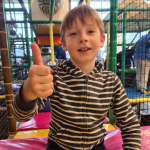
Feedback from Nathalie, mother of Andre (9 years old) Read More

Feedback from Yulia, mother of Emily (7 years old) Read More
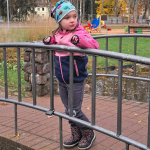
Feedback by Everita, Katrina’s mother (5 years old) Read More
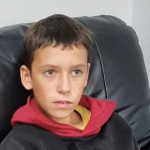
Feedback from Igor, David’s father (12 years old) Read More
